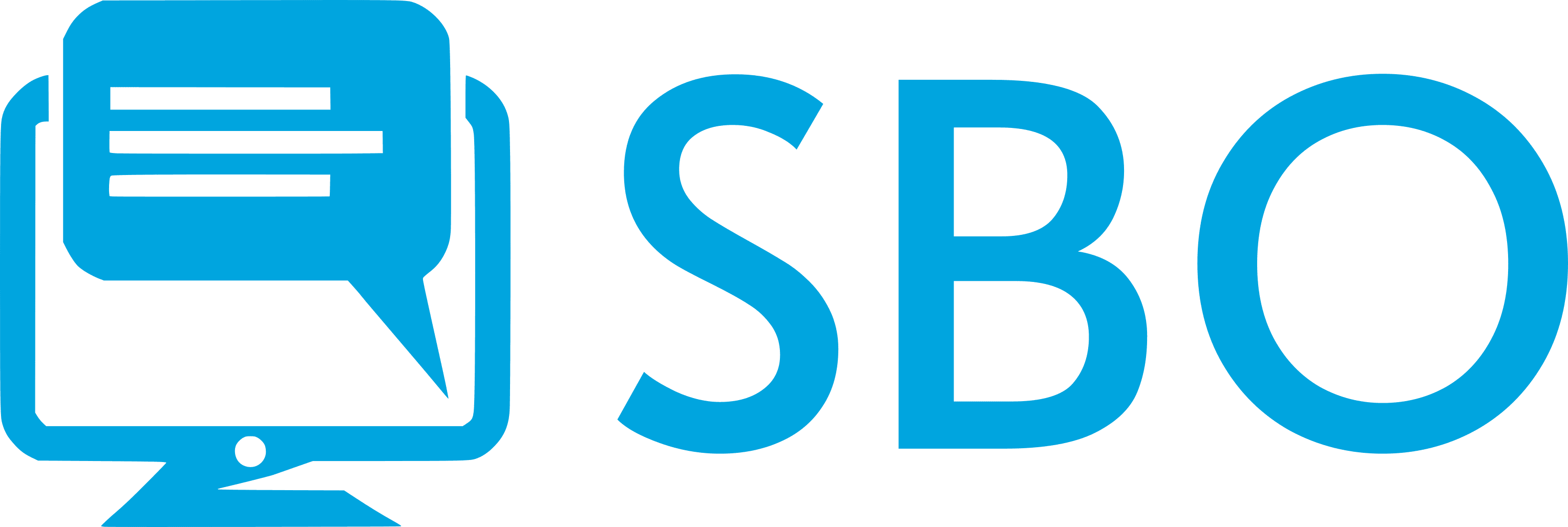What Is a Sales-Driven Website?
If you’re running a small business, you’ve likely heard about the importance of having a website. But let’s get real for a moment—simply having a website isn’t enough anymore. What you really need is a sales-driven website, designed specifically to convert visitors into paying customers. It’s a website that not only looks great but is built with one main goal in mind: generating revenue for your business. Let’s dive into why every small business in 2024 needs a sales-driven website and how it can supercharge your growth.

Why Small Businesses Need More Than Just a Basic Website
Gone are the days when a simple, static website was enough to sustain a small business. Today, competition is fierce, and your customers are savvier than ever. They expect more from your website than just a pretty design—they want it to be functional, informative, and easy to use.
A basic website is like an old-fashioned billboard. Sure, it’s there, but is it actively bringing in customers? Probably not. A sales-driven website, on the other hand, is like having a top-tier salesperson who works 24/7 to get people to engage with your business. Whether you’re offering products or services, you need a website that actively sells for you.

How a Sales-Driven Website Converts Visitors into Customers
Here’s the deal: attracting visitors to your website is great, but it means nothing if they don’t convert into customers. A sales-driven website is designed to guide visitors down a clear path—what we call the conversion funnel. This funnel gently nudges potential customers from the moment they land on your page to making a purchase or booking a service.
It’s not about being pushy; it’s about being smart. From eye-catching call-to-action (CTA) buttons to persuasive copy and seamless navigation, everything on your website should work together to keep people engaged and moving toward that ultimate goal—conversion.
Key Features of a High-Converting Sales-Driven Website
Not all websites are created equal. There are specific elements that make a website “sales-driven,” and every small business needs to know what those are:
- Clear Value Proposition: Right from the homepage, your visitors should understand who you are, what you do, and why they should care—all in under five seconds. If you can’t communicate that quickly, you’re losing potential customers.
- Optimized CTA Buttons: Whether you want visitors to “Buy Now,” “Get a Quote,” or “Contact Us,” your CTAs need to be bold, compelling, and strategically placed.
- Fast Loading Speed: People are impatient, and so is Google. If your website takes more than three seconds to load, you’re losing out. Speed matters!
- User-Friendly Design: Keep it simple. No one wants to navigate a cluttered, confusing site. A clean design helps visitors find what they need fast, which improves the chances they’ll convert.
- Mobile Responsiveness: More than half of all web traffic comes from mobile devices, so if your site isn’t mobile-friendly, you’re missing out on a massive chunk of potential business.

SEO and Lead Generation: Driving Traffic to Your Sales-Driven Website
It’s all well and good to have a high-converting website, but it won’t do much good if no one knows it exists. That’s where SEO (Search Engine Optimization) and lead generation come in.
By using local SEO strategies, you can ensure that your website ranks well on Google, especially for searches related to your business in your local area. For example, if you’re an Auckland-based bakery, you’d want to rank for keywords like “best bakery in Auckland” or “Auckland cupcakes.” The better your SEO, the more people will find your website—and, ultimately, become customers.
Lead generation is another crucial aspect of driving traffic to your site. This can be achieved through targeted content marketing, email campaigns, and social media promotion. But the key here is that every piece of content you create should lead back to your sales-driven website. Once there, your site should be set up to capture leads, whether through a newsletter signup form or a special offer.
How to Build Trust with a Sales-Driven Website
Let’s face it: people aren’t going to buy from you unless they trust you. A sales-driven website needs to build trust from the very first click.
Here are a few simple ways to establish trust:
- Social Proof: Include testimonials, case studies, or reviews from happy customers. If people see others raving about your product or service, they’re more likely to trust you.
- Security and Payment Options: Make sure your website is secure (hello, SSL certificate!), and offer trusted payment options.
- About Us Page: Don’t underestimate the power of a good “About Us” page. Let people know who you are and why you do what you do. People love supporting businesses with a human touch.
- Photos Of Real People: Going on with the human touch, it’s immensely important to show people on your website like your team and customer.
The Role of a Sales Funnel in a Small Business Website
A sales funnel is the journey a visitor takes from the moment they arrive on your site to becoming a paying customer. Your website’s design should align with this funnel to ensure smooth transitions from one stage to the next.
Here’s a breakdown of a simple sales funnel for a small business website:
- Awareness: Visitors learn about your business, likely through SEO or lead generation strategies.
- Interest: Your compelling content or products catch their eye.
- Desire: They explore more, read reviews, and check out your services or products.
- Action: They hit that “Buy Now” or “Contact Us” button!
Having a sales funnel in place ensures that your website is guiding visitors naturally toward making a purchase, rather than leaving them to aimlessly click around.
Ongoing Optimization: Improving Your Website’s Sales Performance
Here’s the thing: a sales-driven website isn’t a “set it and forget it” kind of deal. You should always be looking for ways to optimize your website for better performance. A/B testing is a great way to do this—you can test different headlines, CTA buttons, or layouts to see which ones perform better.
Additionally, pay close attention to your website analytics. Which pages are people spending the most time on? Where are they dropping off? Use that data to tweak and improve your site continuously.
Conclusion: Invest in a Sales-Driven Website for Long-Term Growth
At the end of the day, a sales-driven website is one of the most valuable investments you can make for your small business. It’s not just about looking good online; it’s about actively generating leads, converting visitors, and growing your business.
So, if you’re still relying on a basic website that’s not pulling its weight, it’s time for an upgrade. Whether you DIY it or call in the pros (hey, that’s me!), a sales-driven website is essential for long-term growth in today’s competitive market. Make the investment, and you’ll be thanking yourself when the sales start rolling in!
